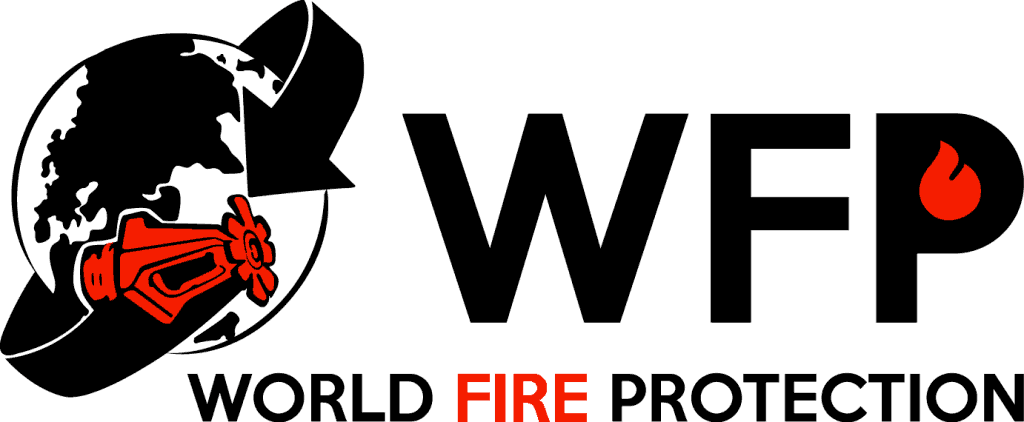Fire sprinklers are an essential part of every home fire safety plan. They provide protection against fires that could cause serious damage to your property. However, there are certain requirements that you need to meet before installing a fire sprinkler system.
If you’re planning to install a fire sprinkler system at your house, here’s a quick guide to ensure that you comply with all the necessary regulations.What is a Fire Sprinkler System?
A fire sprinkler system is a combination of devices and components installed in a building to protect it from fire. The main purpose of a fire sprinkler system is to prevent or minimize damage caused by a fire. A fire sprinkler system consists of two parts:
1) An automatic fire detection system
2) Automatic fire suppression equipment
The first step towards having a fire sprinkler system installed is to have a fire alarm system installed as well. This will help alert people about any fire situation in the building.
The second component of a fire sprinkler system is the automatic fire suppression equipment. It includes various types of sprinklers which can be activated when a fire occurs. These sprinklers spray water on the area where the fire has started. The water cools down the fire and prevents it from spreading further.
Types of Fire Sprinklers
There are different types of sprinklers available for use in a fire sprinkler system. Some of them include:
• Wet-pipe sprinklers
• Dry-pipe sprinklers
• Flooding sprinklers
• Preaction sprinklers
Wet-pipe sprinklers are designed to extinguish fires quickly. They work best in areas where the temperature is below 100 degrees Fahrenheit. In this type of sprinkler, water flows through pipes until the temperature reaches above 100 degrees Fahrenheit. At this point, the water turns into steam and expands rapidly. As a result, the pressure inside the pipe increases. When the pressure reaches a certain level, the valve opens and releases the water.
Dry-pipe sprinklers are used in areas where the temperature is between 120 and 140 degrees Fahrenheit. These sprinklers are connected to a closed-loop piping network. Whenever a fire starts, the dry-pipe sprinklers activate and release water on the affected area. Since these sprinklers do not contain water, they don’t require any maintenance.
Flooding sprinklers are also known as preaction sprinklers. They are most commonly found in commercial buildings. They are usually placed near the ceiling and are connected to a closed-loop piping network. When a fire starts, the flooding sprinklers open up and release water on the affected area. This helps reduce the spread of the fire.
Preaction sprinklers are more effective than other types of sprinklers because they release water before the fire spreads. However, they are expensive compared to other types of sprinklers.
Most fire sprinkler systems consist of one or more zones. Each zone contains a set number of sprinklers. Zones are divided based on the size of the room and the amount of time needed to put out the fire. For example, if you live in a small apartment, you may only need one zone. If you live in a large house, you may need several zones.
Each zone requires its own fire detector. You’ll also need to connect each zone to an individual control panel. There are many options available when it comes to controlling panels. Some of the popular ones include:
• Remotely operated valves
• Programmable logic controllers
• Computerized terminal units
Remotely operated valves are easy to operate and maintain. They are ideal for homes where there are no people around during normal times.
Programmable logic controllers are the most common type of control panel. They allow you to program the flow of water using a computer. PLCs are great for controlling multiple zones.
Computerized terminal units are similar to PLCs but they have a display screen instead of a keyboard. CTUs are often used in larger homes and businesses.
When choosing a fire sprinkler system, make sure that you choose a model that complies with local codes. The National Fire Protection Association has published standards for residential fire sprinkler systems. All states follow NFPA guidelines. Check with your local building department to determine whether you need a permit to install a fire sprinkler system.
Are you looking for a company that offers complete fire protection? World Fire Protection has the right solution for you! We offer complete fire protection systems that include everything from fire detection to alarms, sprinklers, suppression systems, and others. Our services are complete turnkey solutions, so that clients, regardless of expertise or commitment, will enjoy complete fire protection systems that include everything from fire detection to alarms, sprinklers, suppression systems, and others. We have teams of licensed engineers and designers that custom-tailor systems according to your facility. Our offerings can detect and respond to incidents immediately, reducing damage to the facility and keeping all occupants safe. Do you want to protect your business or your home against fire? Contact us today to learn more about our services!
